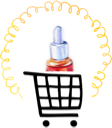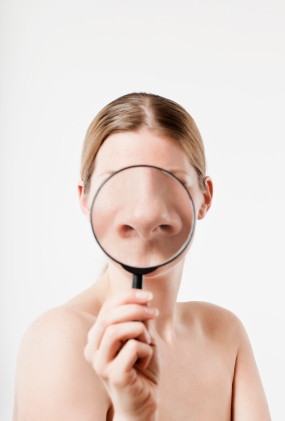 Blemish, blackhead, boil, cyst – as unsavoury as it sounds, identifying exactly what kinds of spots you suffer with can often help determine the best way to get rid of them.
Blemish, blackhead, boil, cyst – as unsavoury as it sounds, identifying exactly what kinds of spots you suffer with can often help determine the best way to get rid of them.
It’s generally agreed that there are 6 different stages of spots.
You may experience one, several or all of these at any one time if you suffer from acne.
Whiteheads
Small, white raised bumps that form when sebum and dead skin cells completely clog pores, and a thin layer of skin sits across the top.
Blackheads
Small, black spots that may be raised or level with the skin’s surface. In this case sebum and dead skin cells partially clog pores, which remain open at the surface allowing the mixture to oxidise and darken.
Papules
Small, reddish raised bumps that are sore to the touch but have no “head”. Papules form when the walls of the follicle break down, allowing white blood cells to enter and attack bacteria, leading to inflammation.
Pustules
Classic “spots”, pustules are small, reddish raised bumps filled with white or yellow pus. Papules often turn into Pustules after a few days or if squeezed.
Nodules
More severe, painful and potentially long-lasting than any of the spots I’ve mentioned so far, Nodules are large, hard lumps that form beneath the skin’s surface. They occur when the follicle walls break and collapse completely, causing serious inflammation. The skin above the lump may redden slightly.
Cysts
Similar to Nodules, Cysts are large lumps under the surface of the skin that become so inflamed they fill with white or yellow pus. Cysts can often cause scarring on the surface of the skin if squeezed or put under pressure.
If you have any specific queries about how to treat acne or blemishes, see our previous blog posts or contact our team of experts at support@paiskincare.com.


